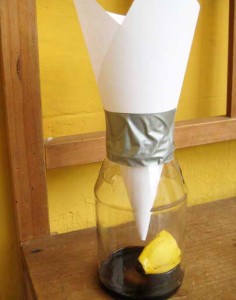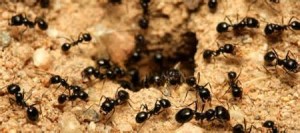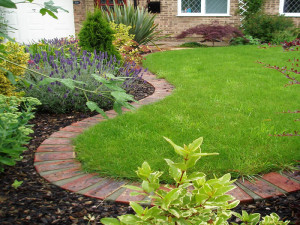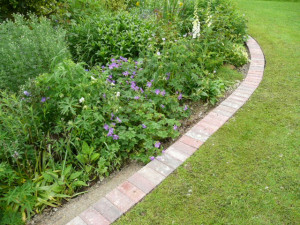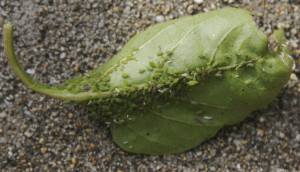 Most consumers and homeowners do not realize how important it is to complete proper fall cleanup to maintain their lawns and gardens. After the colder weather in the fall sets in most plants begins to go into their dormancy phase. Trees lose their leaves and annuals die off. Fall cleanup is often the furthest thing from everyone’s mind during this time frame. If you want to keep your lawn healthy over winter, there are a number of things to do. Thanksgiving and the holidays are just around the corner.
Most consumers and homeowners do not realize how important it is to complete proper fall cleanup to maintain their lawns and gardens. After the colder weather in the fall sets in most plants begins to go into their dormancy phase. Trees lose their leaves and annuals die off. Fall cleanup is often the furthest thing from everyone’s mind during this time frame. If you want to keep your lawn healthy over winter, there are a number of things to do. Thanksgiving and the holidays are just around the corner.
Keep your Lawn Healthy over Winter
Properly prepare your lawn for the winter and spring. This step will ensure you have a healthy lawn in the coming year. Leaves left to rot on the grass can often kill the grass underneath. Leaves also provide a home for small rodents. Small rodents will build burrows through the longer grass leaving a mess in your lawn. This occurs when a lawn is left too long just before winter sets in.
Lack of proper fertilizer that strengthens the root system can make all of your plants vulnerable to damage. A dry winter or spring will damage lawns with weak root systems.
Fall cleanup prices offered by landscaping companies will depend on the lawn clean-up services actually performed. The following is a brief fall clean-up checklist that consumers and homeowners may consider.
Keep your Lawn Healthy over Winter – Fall Clean-Up Checklist
- Trim Lawn to the proper length to discourage small rodents
- Apply fertilizer to promote proper root growth
- Rake all leaves and other debris from the lawn and gardens
- Remove all dead annuals
- Pickup dead or broken branches from shrubs and trees
- Clean out eaves troughing
- Install protective burlap wraps on shrubs if needed
- Additional services as required
This is not a complete list. Every homeowner may have specific tasks that they may want to be considered. These can be included in a packaged clean-up cost estimate or quoted separately.
Competitive Pricing
Many consumers will consider doing some or all of the work themselves. Suddenly they find that it is too late to do most of the fall cleanup themselves. Homeowners can request a competitive pricing estimate today for leaf cleanup, lawn and garden fall preparation. Once they have the cost estimate, they can make a decision to have all or part of the work completed.

